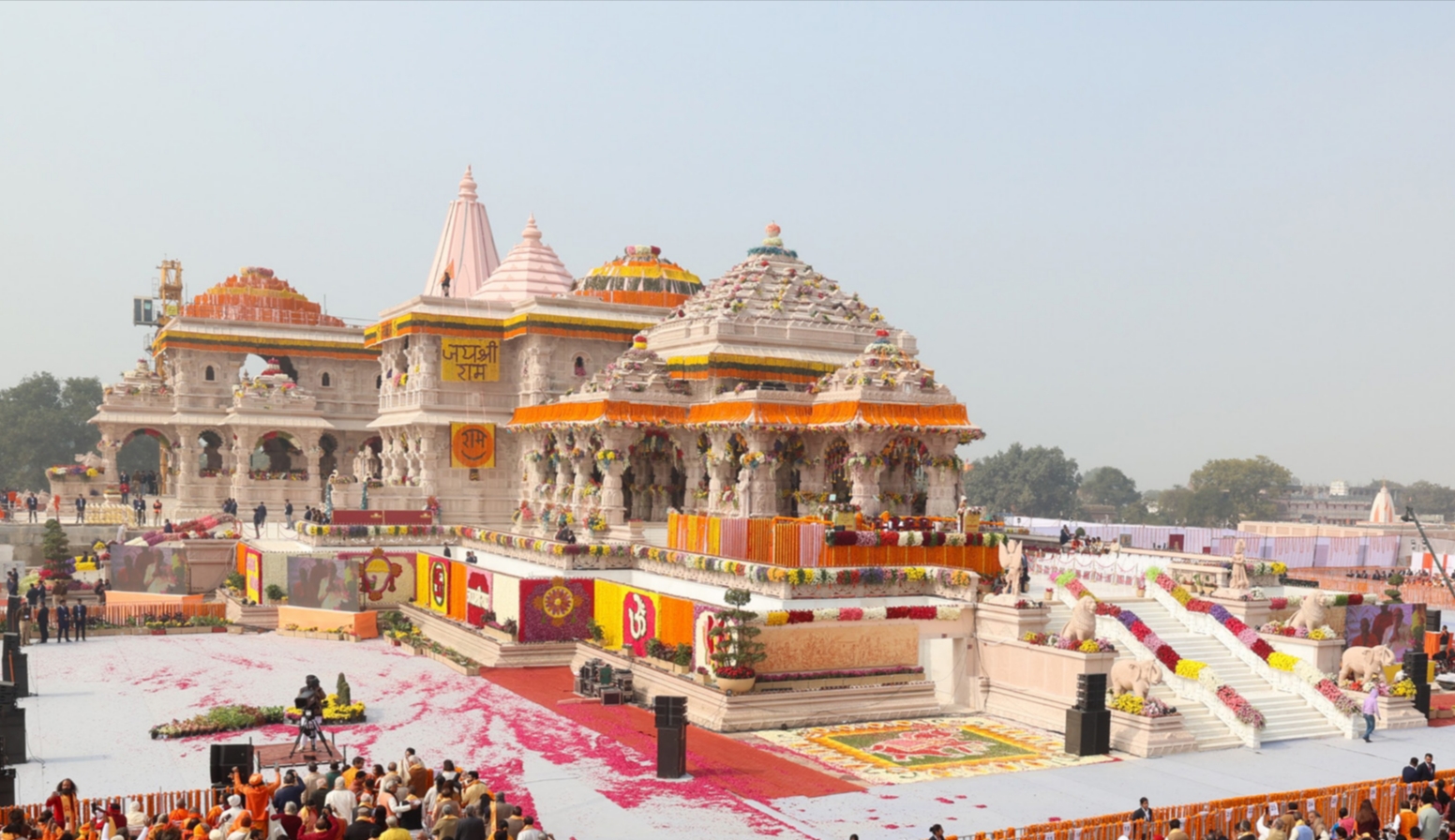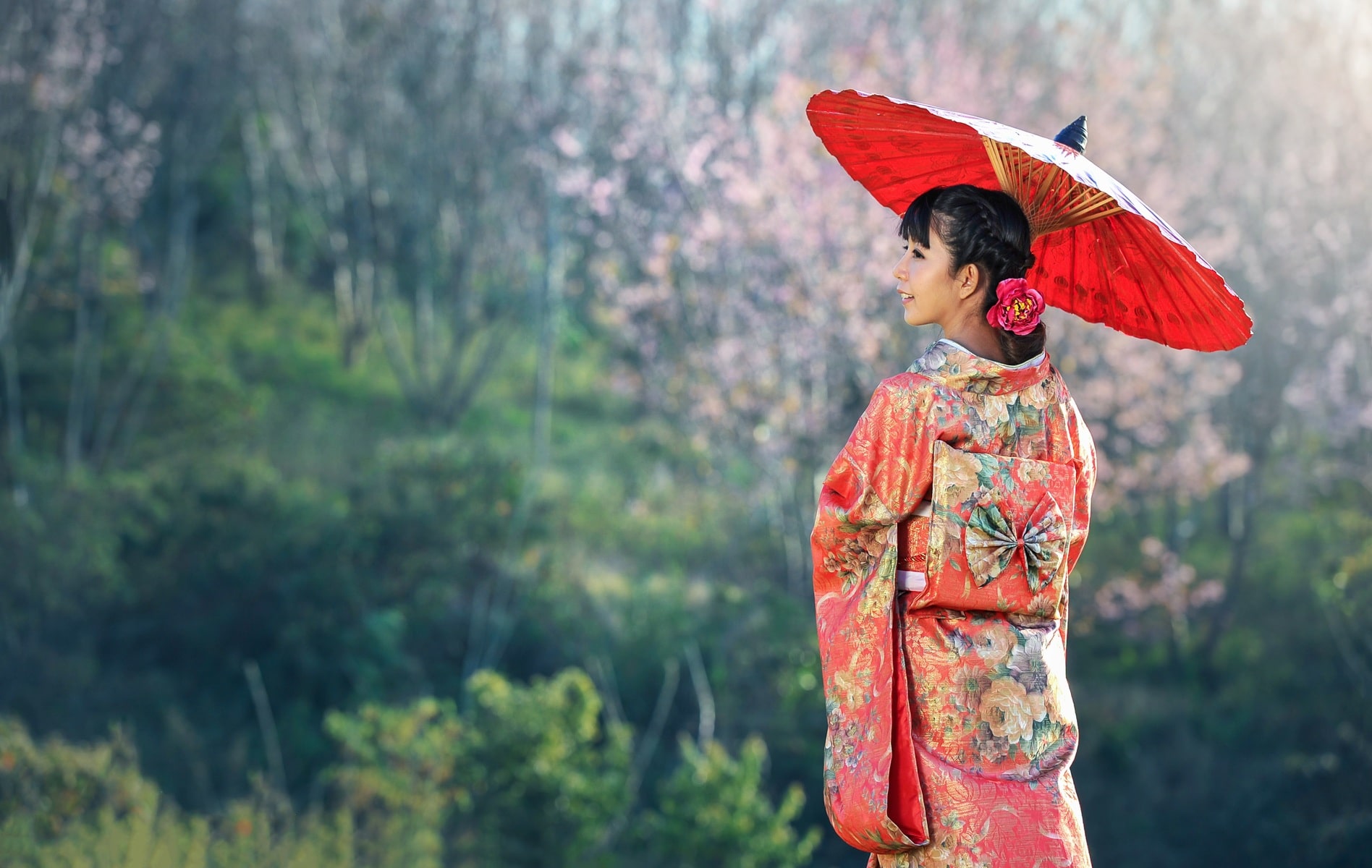Located in the Kapurthala district of Punjab, Sultanpur Lodhi is a town steeped in spiritual significance. Revered by Sikhs across the globe, this ancient town holds a central place in the life of Guru Nanak Dev Ji, the founder of Sikhism. It was here that Guru Nanak spent nearly 14 formative years, attained divine enlightenment, and delivered his first message to humanity: “Na koi Hindu, na koi Musalman” (There is neither Hindu nor Muslim).
As the town where Sikhism truly began its spiritual journey, Sultanpur Lodhi is home to multiple historical Gurudwaras, each with its own unique connection to Guru Nanak Dev Ji’s life and teachings. This blog explores the history, spiritual significance, and must-visit Gurudwaras of Sultanpur Lodhi—an unmissable pilgrimage destination for seekers of Sikh heritage.
Historical Importance of Sultanpur Lodhi
Sultanpur Lodhi was established in the 1st century and flourished under the rule of Nawab Daulat Khan Lodhi, a powerful noble of the Lodhi dynasty. When Guru Nanak Dev Ji‘s elder sister, Bebe Nanki Ji, got married to Bhai Jai Ram Ji (a resident of this town), Guru Nanak ji moved to Sultanpur Lodhi for work. He was later employed as a Modi (storekeeper) under Nawab Daulat Khan.
It was during this time here that Guru Nanak Dev ji was meditating Tera Tera while performing his duty at the Modikhana. The most transformative event occurred when he went for his routine bath in the Kali Bein river. Guru Nanak Ji disappeared for three days and returned with a divine message: the realization of One Universal Creator (Ik Onkar).
His first spiritual utterance questioned the existing religious divisions and emphasized unity, compassion, and truth. The spiritual energy of this small town resonates even today, drawing lakhs of pilgrims every year. Sultanpur Lodhi thus became the earliest stage of Guru Nanak’s mission that would later evolve into a global spiritual movement.
Amrit Travels offers a 2N/3D package to visit Amritsar & Sultanpur Lodhi, Contact Us to know more about it.
Kali Bein River – The Sacred Stream of Enlightenment
The Kali Bein, a tributary of the Beas River, holds immense significance in Sikhism. Guru Nanak Dev Ji bathed in this river daily during his stay in Sultanpur Lodhi. One day, he vanished beneath its waters and did not return for three days. When he reappeared, he proclaimed his divine realization and mission to spread the message of universal brotherhood.
Major Gurudwaras In Sultanpur Lodhi
Sultanpur Lodhi is adorned with several Gurudwaras, each commemorating a significant event in Guru Nanak Dev Ji’s life. Here are the most revered ones:
1. Gurudwara Sri Ber Sahib
Gurudwara Ber Sahib is the most prominent Gurudwara in Sultanpur Lodhi. It is built at the spot where everday during Amritvela, Guru Nanak Dev Ji meditated under a ber tree (Ziziphus tree). This is also near the Kali Bein, where his enlightenment occurred.
The ancient Ber tree still stands tall beside the Gurudwara. The complex features a beautiful Sarovar (holy pool), a marble pathway, and a large prayer hall. Thousands gather here daily to seek blessings and listen to Gurbani Kirtan. The langar hall (community kitchen) at Gurudwara Ber Sahib serves thousands of people daily, symbolizing the Sikh values of seva (selfless service) and equality.
2. Gurudwara Hatt Sahib
Gurudwara Hatt Sahib marks the location where Guru Nanak Dev Ji worked as a Modi (storekeeper). It is believed that one day Guru Nanak while on his duty, gave away more grains freely to the needy sadhus by reciting Tera Tera , which caused concern among the authorities. However, upon inspection, the records always tallied perfectly. The stones that he used for weighing are still kept at Gurudwara Hatt Sahib.
This Gurudwara symbolizes Guru Ji’s disregard for material wealth and his emphasis on service, honesty, and equality. Visitors are often inspired by stories of his humility and selfless service to society.
3. Gurudwara Kothri Sahib
Gurudwara Kothri Sahib commemorates the location where Guru Nanak Dev Ji was briefly imprisoned. When the uthorities were concerned about the records at Modikhana, that time Guru Nanak Dev Ji was detained for several days and kept in a house. It took 2-3 days for the authorities to figure out the accounts. The Kothri (cell) has been preserved and turned into a place of remembrance, teaching us about spiritual courage and grace under adversity. The site also reminds devotees of the importance of standing firm in the face of injustice and oppression.
4. Gurudwara Guru Ka Bagh
This Gurudwara is located at the site where ater marriage, Guru Nanak Dev Ji stayed with Mata Sulakhni and his two kids Baba Sri Chand Ji & Baba Lakhmi Chand Ji. The Gurudwara complex houses the well which was used to make langar at that time.
5. Gurudwara Sant Ghat Sahib
Situated on the banks of Kali Bein river, this Gurudwara marks the exact location from where Guru Nanak Dev Ji entered the river and disappeared for three days. It is a key pilgrimage spot, especially during Gurpurabs.
A beautifully maintained ghat leads devotees to the water’s edge, where prayers and ardas are performed. The view at sunrise and sunset here is breathtaking, adding to the meditative ambiance.
6. Gurudwara Bebe Nanki Ji
This Gurudwara is dedicated to Bebe Nanki Ji, Guru Nanak Dev Ji’s elder sister, who first recognized his spiritual greatness. It is believed that she played a crucial role in encouraging Guru Ji’s divine path.
The Gurudwara honors her unwavering faith and the deep sibling bond between them. It also highlights the role of women in Sikhism. Inside the Gurudwara, exhibits showcase Bebe Nanki Ji’s life, her love for her brother, and her significant yet often unsung role in Sikh history.
7. Gurudwara Shri Antaryatma Sahib
Located near Kali Bein, this Gurudwara signifies the internal awakening (Antaryatma) of Guru Nanak Dev Ji. It represents his connection with the divine and the beginning of his journey as a spiritual teacher.
The Gurudwara’s tranquil environment invites introspection and meditation, encouraging visitors to connect with their inner selves. Special kirtan sessions and silent retreats are sometimes organized for deeper spiritual reflection.
8. Other Notable Gurudwaras
- Gurudwara Sehra Sahib: Commemorates the place where Guru Arjan Dev Ji’s Sehra (wedding garland) ceremony was performed.
- Gurudwara Shish Mahal: A quiet and historical spot associated with Guru Nanak Dev Ji’s meditative practices.
- Gurudwara Killa Sahib: Another historical monument reflecting the town’s rich Sikh heritage.
Celebrations and Gurpurabs in Sultanpur Lodhi
Sultanpur Lodhi comes alive during major Sikh festivals, especially Guru Nanak Gurpurab. The town sees a massive influx of devotees from across India and abroad. The entire city is adorned with lights, langars operate around the clock, and continuous Akhand Path (unbroken reading of Guru Granth Sahib) resonates from every Gurudwara.
Nagar Kirtans (processions) are organized, featuring kirtan jathas, Gatka performances, and devotional floats. These events not only highlight the town’s spiritual energy but also preserve and promote Punjabi and Sikh traditions among the younger generation.
Accommodation and Food Facilities for Pilgrims
Sultanpur Lodhi offers ample accommodation options for pilgrims, ranging from Sarais (rest houses) managed by Gurudwaras to budget hotels and guesthouses. The town has witnessed major infrastructure improvements since 2019, ensuring clean and safe lodging.
Most Gurudwaras run free community kitchens (langars) where thousands are fed daily. These meals, prepared with love and devotion, embody Sikh values of equality and service. Special langar tents are also set up during festive occasions to serve the massive gatherings.
Sultanpur Lodhi in Modern Times
The 550th birth anniversary of Guru Nanak Dev Ji in 2019 brought Sultanpur Lodhi into the global spotlight. The Punjab Government and various Sikh organizations invested in infrastructure, sanitation, and beautification of the town. LED-lit pathways, clean ghats, eco-friendly facilities, and advanced accommodation centers were introduced.
Modern Sultanpur Lodhi now beautifully blends its ancient spiritual aura with contemporary comforts, making it a must-visit destination for Sikhs and spiritual travelers alike.
How to Reach Sultanpur Lodhi
- By Air: Nearest airports are Sri Guru Ram Dass Jee International Airport (Amritsar) and Ludhiana Airport, both within 100–120 km.
- By Train: Sultanpur Lodhi has its own railway station with connections to major cities in Punjab.
- By Road: Well-connected by road via Kapurthala, Jalandhar, and Amritsar. State-run and private buses, as well as taxis, are easily available.
Sultanpur Lodhi is not just a geographical location; it is a spiritual cornerstone of Sikhism. Every Gurudwara here tells a story, every street echoes with divine hymns, and the serene banks of Kali Bein continue to inspire introspection and devotion. Visiting Sultanpur Lodhi is like walking through the footsteps of Guru Nanak Dev Ji—experiencing the place where he meditated, preached, and envisioned a world of equality and truth.
You can visit, SGPC official page for Sultanpur Lodhi Gurudwaras
To know about the life story of Guru Nanak Dev Ji
Whether you’re a pilgrim, historian, or traveler seeking peace, Sultanpur Lodhi promises a transformative journey through Sikh heritage and timeless wisdom.



Leave a Reply